T.S. Eliot’s Four Quartets is full of music and movement. The players, such as they are, slip, slide, shake, tumble, wrestle, leap, kick, whirl, fold and kneel. There are lines like stage directions: ‘stillness’, ‘quick now’, ‘the dancers are all gone under the hill’. In her rendering of Four Quartets, the American choreographer Pam Tanowitz has denied reviewers the satisfaction of ‘Eliot in leotards’ jokes. Her dancers wear diaphanous ruched onesies. No Cats spandex here.
In collaboration with the Finnish composer Kaija Saariaho and the New York artist Brice Marsden, Tanowitz’s Four Quartets is a remarkable recasting of Eliot’s ‘Burnt Norton’, ‘East Coker’, ‘The Dry Salvages’ and ‘Little Gidding’ — which were collected in one sequence in 1943. Four Quartets succeeds in the way that Wayne McGregor’s Woolf Works, a triple bill inspired by Mrs Dalloway, Orlando and The Waves, did in 2015. Not by a literal acting out of prose or poetry, but by responding to mood and tone. Tanowitz has the Eliot rhythms right. The results may be uneven — some parts are dung and death, some fire and rose — but the intelligent, inspired translation from page to stage is electrifying. The actress Kathleen Chalfant reads the Quartets in a voice like salted caramel: rich, molten and gravelled. She guides you to the wit, the pathos, bathos and silences. There are tricks and winks. At the lines ‘As, in a theatre,/ The lights are extinguished, for the scene to be changed/ With a hollow rumble of wings, with a movement of darkness on darkness’ the set is dismantled, the backstage left bare and black. There is a wonderful passage of dancing to accompany ‘the river/ Is a strong brown god — sullen, untamed and intractable’. The movement of the dancers becomes inexorable, lapping, tidal. They are now fast-flowing, now shallow as sludge. To illustrate Eliot’s ‘lifting heavy feet in clumsy shoes,/ Earth feet, loam feet, lifted in country mirth’ the dance becomes something between a clod-hop and a grape-stomp. The ‘O voyagers, O seamen’ of ‘The Dry Salvages’ is a lyrical pas de deux as two dancers are carried on imagined waves. For ‘The walls, the wainscot and the mouse/ The death of hope and despair’ the dancers are frantic, fretful and strung out. When it comes to the light failing ‘on a winter’s afternoon, in a secluded chapel/ History is now and England’ the dancers form a concertina. Their bodies might be rows of pews, or an unfolding timeline, or purely abstract. The pleasure of Tanowitz’s piece is its suggestiveness.
Some faults: the first Quartet is the least appealing. ‘Burnt Norton’ is given over to callisthenics, karate chops, starfish jumps and slow-motion hokey-cokeys. Having dancers stand on one leg while turning a clockwork circle when prompted by ‘At the still point of the turning world’ is too bald. When there is only Chalfant’s reading and no music, we hear the dancers’ bare feet squeak against the stage. Thump, thump, squeak. There’s something odd, too, about the mania for placing dancers behind frontcloths and screens, a tic that was horribly overused in the Royal Ballet’s recent The Unknown Soldier. The audience have paid good money for their tickets. Why should they watch through a shower curtain?
Grumbles aside, Four Quartets is a revelation: strange, difficult and beautiful as a kingfisher’s wing.
Four Quartets
Where: Barbican Theatre
Got something to add? Join the discussion and comment below.
Get 10 issues for just $10
Subscribe to The Spectator Australia today for the next 10 magazine issues, plus full online access, for just $10.
You might disagree with half of it, but you’ll enjoy reading all of it. Try your first month for free, then just $2 a week for the remainder of your first year.


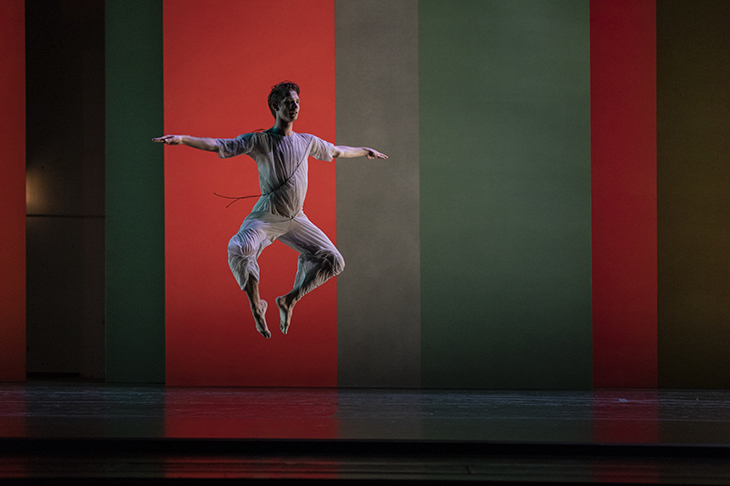
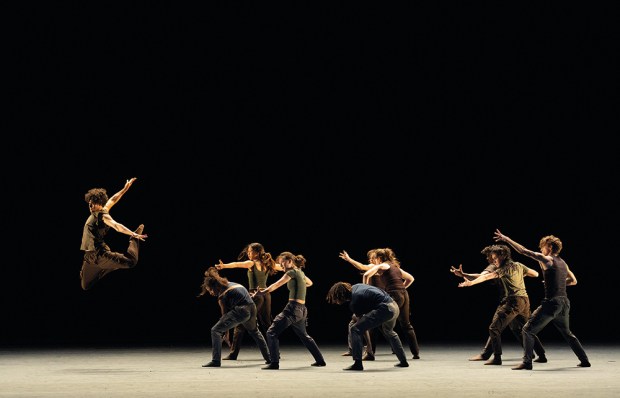
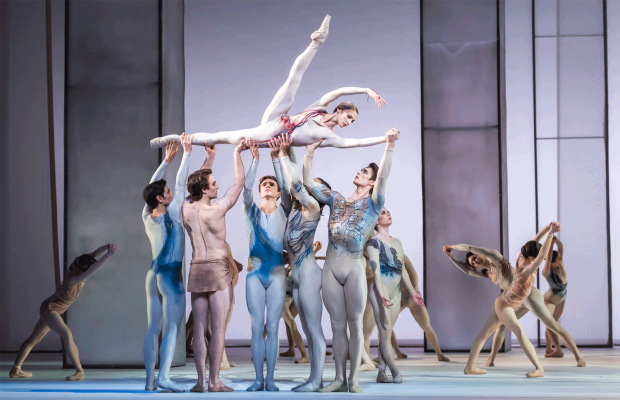
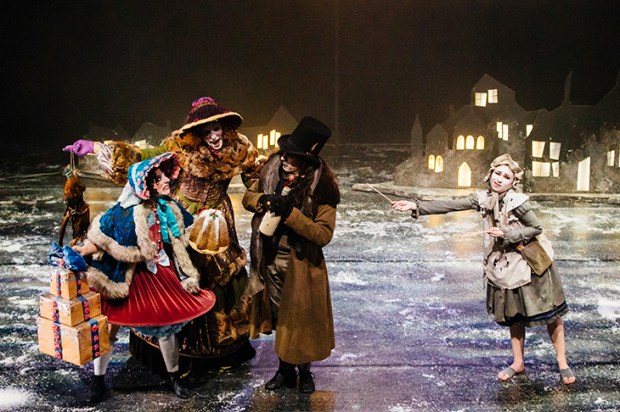

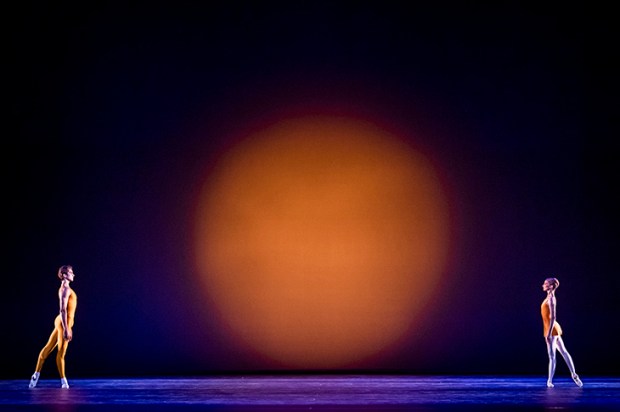







Comments
Don't miss out
Join the conversation with other Spectator Australia readers. Subscribe to leave a comment.
SUBSCRIBEAlready a subscriber? Log in